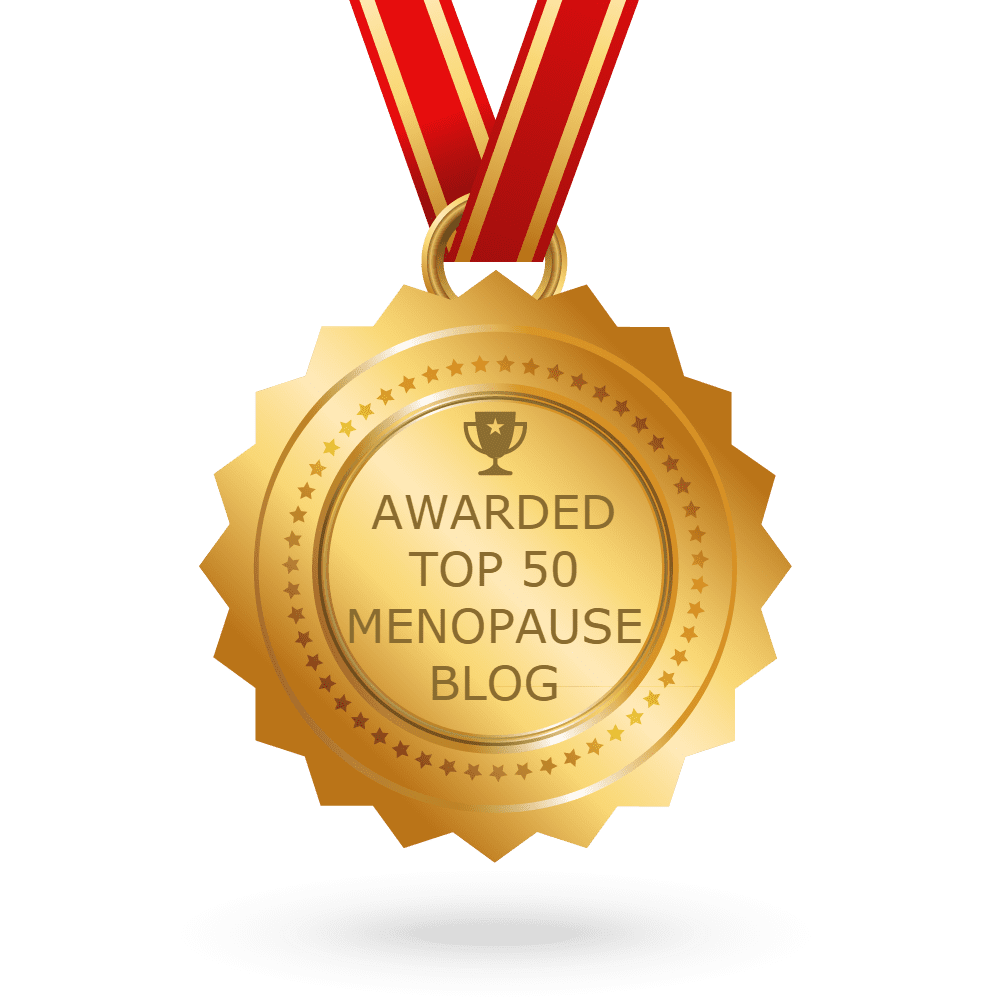Have your nails quietly resigned from being strong and reliable?
Alongside hair thinning and rogue chin whiskers, nail changes are yet another midlife plot twist
Even nails that once survived acrylics, gardening, and toddlers are now soft, peeling and prone to drama. Welcome to the meno-years!
But, don’t worry – we’ve got good news too. Let’s start with the “why” behind your flaky fingertips 😀.
Why Are My Nails Suddenly Soft and Brittle?
Ah, hormones. The gift that keeps on giving. When you hit perimenopause (often in your 40s, sometimes earlier), your hormone levels start to shift. This fluctuation is part of the natural lead-up to menopause.
Estrogen, especially the form called estradiol, begins to leave the ovarian building. Since your ovaries are the primary source of estradiol, their changing function directly affects your body and brain. And because estrogen receptors are everywhere in your body – it can create hormonal upheaval.
Nosediving estradiol doesn’t just affect your nails. It can also lead to:
Hot flushes
Poor sleep
Mood swings
Weight gain
Low libido
👉Discover 34 most common signs here.
What Nail Changes Can You Expect?
With less estrogen (estradiol) in your system, nails can become:
- Soft
- Brittle
- Peeling
- Prone to splitting
- Slow-growing
What Can You Do? 9 Simple Fixes That Actually Work
1. Hydrate Like A Queen

Estrogen helps regulate water balance, so dehydration can sneak up fast – affecting your nails, skin, and even mood.
Tip: Keep a water bottle or jug nearby at all times. If plain water isn’t your thing, infuse your H2O with lemon juice, berries, mint leaves or cucumber slices.
2. Eat a Nutrient-Dense Diet
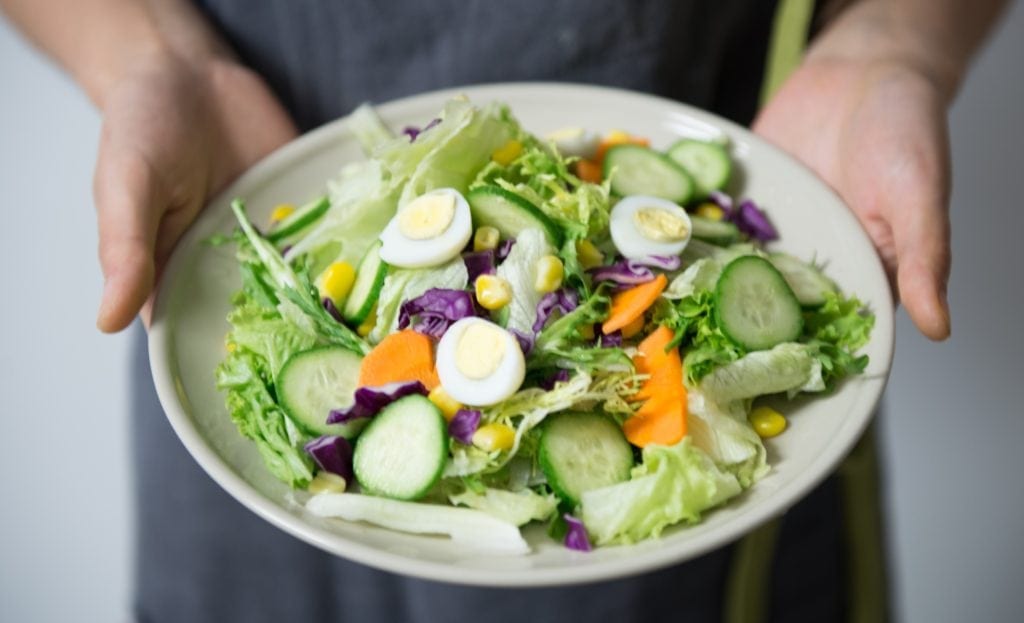
Aside from pregnancy, there’s no more important time to nourish your body than during the menopause transition. It’s about restoration.
Why? Because your body is doing a lot of behind-the-scenes work to balance itself. The better your nutrition, the better you’ll feel – inside and out.
Focus on:
Whole grains
Fresh fruits and veggies
Lean protein
Healthy fats
High water content foods (hello, watermelon, lettuce, cucumber!)
Cut back on sugar and ultra-processed foods – yes, they’re tasty, but they place extra stress on your already hard-working system.
3. Stress Less (or Try To)

Let’s be real: perimenopause and menopause can be enough to make you want to scream into a pillow. Add work, teenagers, ageing parents and an inbox with 3,782 unread emails – and it’s a cortisol cocktail. It’s no secret stress levels often peak now. (Sorry!)
And stress equals more cortisol, which equals drier skin and weaker nails because stress increases water loss. Add habits like nail-biting or rubbing, and nail damage becomes even more likely.
So give yourself permission to chill – whether that’s with a walk, a good book, 15 minutes hiding in the pantry or a dance break.
4. Boost Your Gut Health with Prebiotics & Probiotics
Your gut dictates how your body absorbs and uses nutrients.
That’s why your digestion must be working super well. Indeed, a healthy gut means better nutrient absorption, and better absorption means better nails.
Try our superstar prebiotic/probiotic combo Happy Go Tummy®. Formulated with the award-winning Livaux®, it’ll help keep your digestive system running smoothly so nutrients actually get to your nails. Plus, it’s designed to support your gut and vaginal microbiomes simultaneously. Winning!
5. Give Olive Oil A Go
Soak your nails in warm olive oil for 10 minutes a few times a week to help strengthen and nourish them beautifully.
Bonus: It feels like a mini spa. 💅
6. Keep That Hand Cream Handy
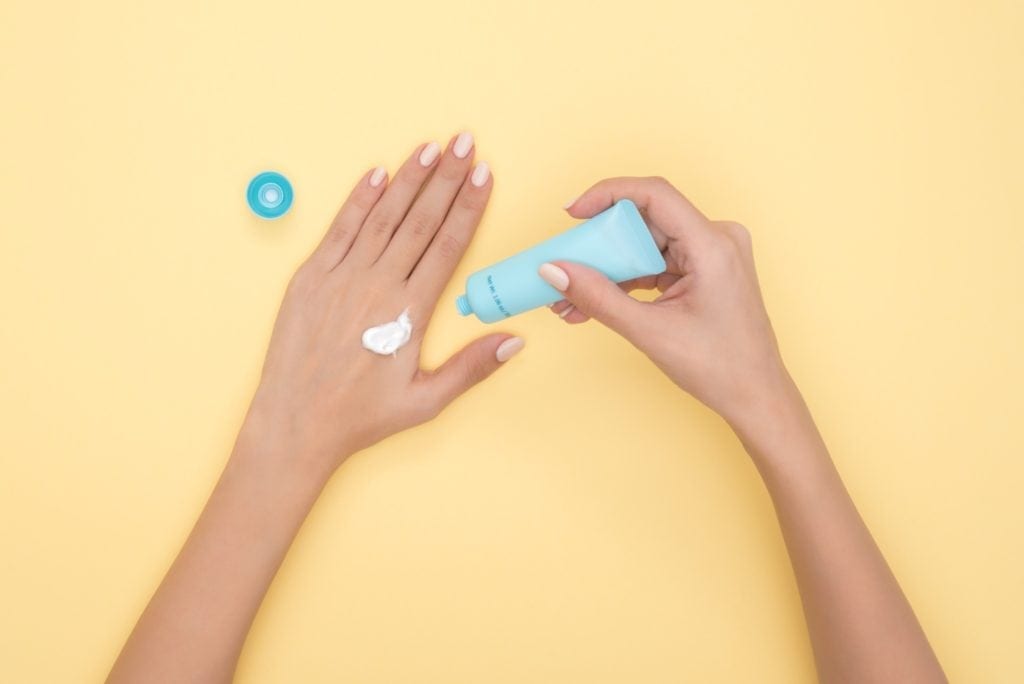
Pop a hand cream in every bag, car and desk drawer in your life – anywhere you’ll remember to use it. Every little bit helps! 😀
7. Use Gloves, Not Grit
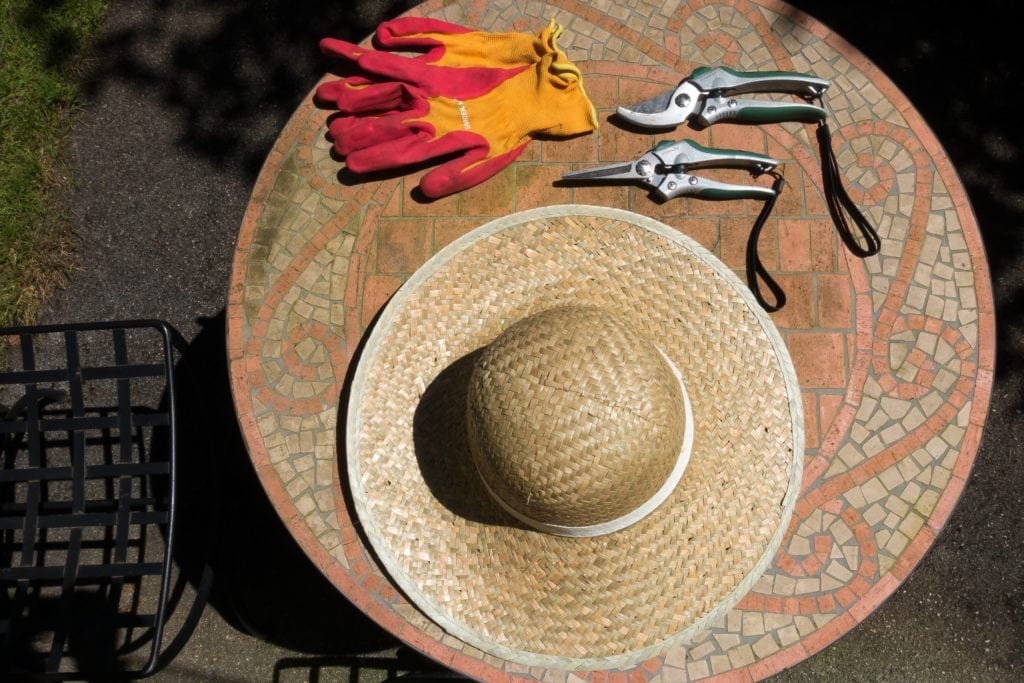
Whether you’re cleaning, deadheading the roses, or washing the dishes, wearing gloves protects your nails from unnecessary wear and tear.
It’s simple, but surprisingly effective.
8. Stop Smoking

Do we really need to say it? But if you’re still smoking, here’s one more reason to quit. Some studies have shown smoking reduces blood flow and accelerates nail brittleness..
No judgement here – file under good to know.
9. Get A Bone Density Scan
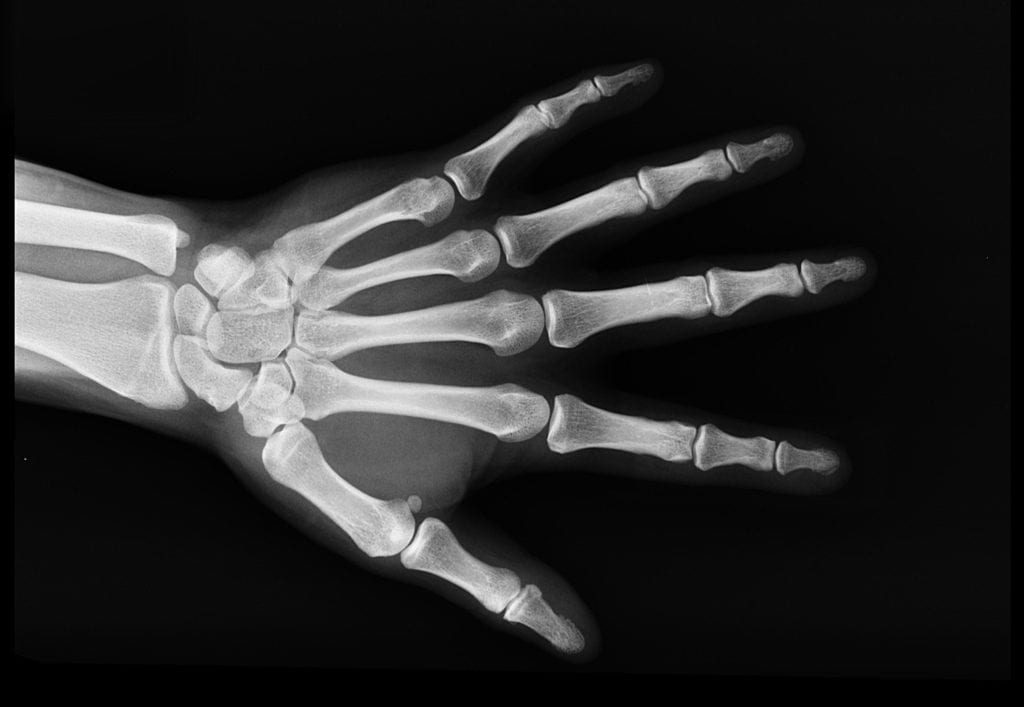
Did you know brittle nails can be an early sign of osteoporosis?
If your nails keep breaking and you’re in peri or post-menopause, it might be time to chat with your GP about a bone density scan. It’s better to know than guess.
Bonus Tip: Try LotsaLocks®
Not just for your hair!
LotsaLocks® supports stronger, longer, glossier hair and nails. Formulated with keraGEN-IV®, an ingestible keratin and biotin, it’s your midlife secret weapon.
Final Thoughts
Soft, brittle, and slow-growing nails are a common (and frustrating!) part of this menopausal rollercoaster.
But by making a few tweaks – hydrating, eating well, managing stress, and supplementing where needed – the right self-care can go a long way toward ending brittle nail blues.
So here’s to nails that look as fabulous as you feel – even during times of hormonal chaos.







